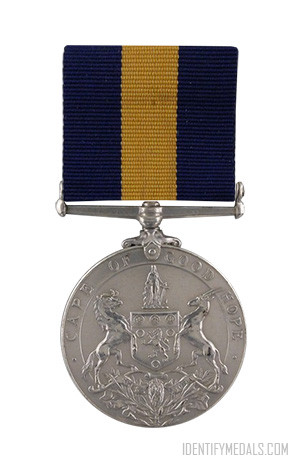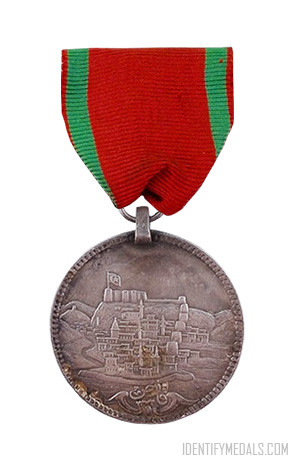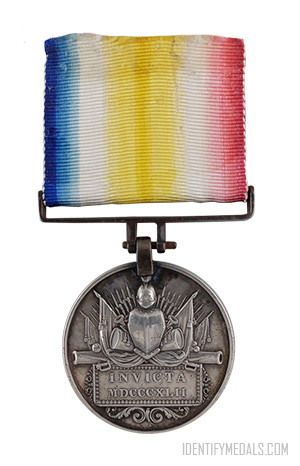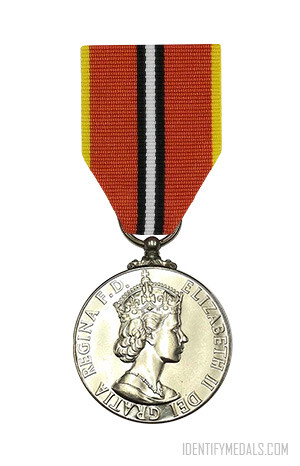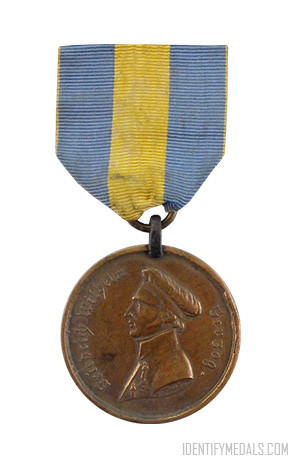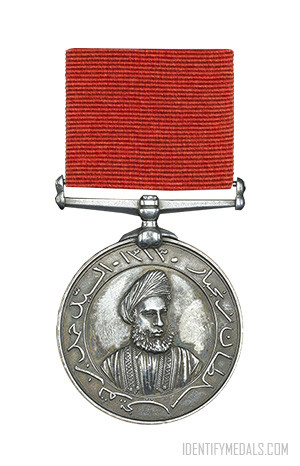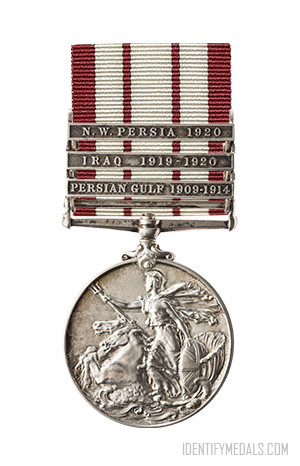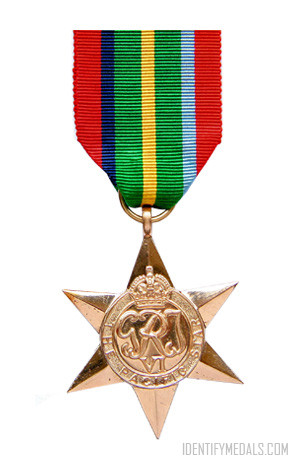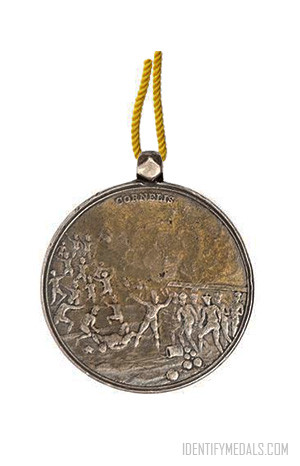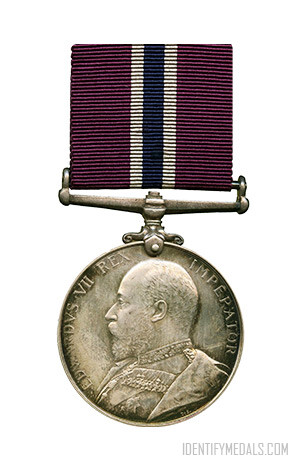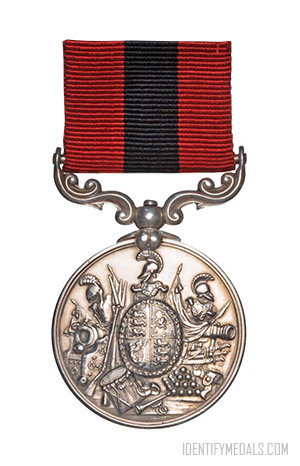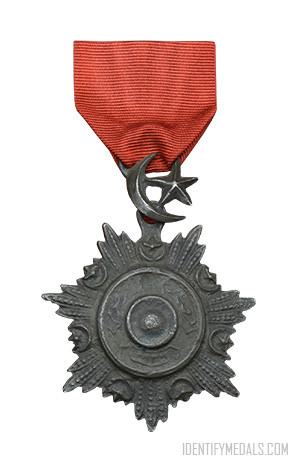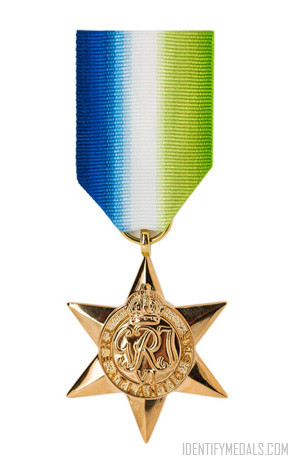- Time Period: Pre-WW1
- Year of Institution: 1900
- Country: Great Britain
The Cape of Good Hope General Service Medal is a British campaign medal established in 1900 and awarded to members of the Cape Colonial Forces who took part in three campaigns in and around the Cape of Good Hope, in Basutoland in 1880–1881, in Transkei in 1880–1881 and in Bechuanaland in 1896–1897.
The medal was authorized by the government of the Cape of Good Hope, and approved by Queen Victoria in December 1900. It was awarded to the officers, non-commissioned officers, and men of the Colonial Forces who were engaged in active service during the mentioned campaigns. Three campaign clasps were authorized at the same time:
- Transkei (from 13 September 1880 to 13 May 1881)
- Basutoland (from 13 September 1880 to 27 April 1881)
- Bechuanaland (from 24 December 1896 to 30 July 1897)
In total 1,093 Transkei, 2,179 Basutoland and 2,601 Bechuanaland clasps were awarded.
The Cape of Good Hope General Service Medal Design
The medal is circular and struck in silver. It was designed by Sir Joseph Boehm and measures 36 mm in diameter.
The obverse shows the veiled bust of Queen Victoria, with the legend “VICTORIA REGINA ET IMPERATRIX” around the inside of the raised rim.
The reverse bears the Cape of Good Hope coat of arms, with a spray of protea leaves and a protea flower underneath and the name “CAPE OF GOOD HOPE” on a wide raised rim around the top half of the medal.
The ribbon is dark blue with a central yellow stripe. These were also the ribbon colours of the two earlier campaign medals for service in southern Africa. The medal is affixed to the swivelling suspender by means of claws and a pin through the upper edge of the medal. The recipient’s rank, name and unit were inscribed on the rim, but the medals were not numbered.

